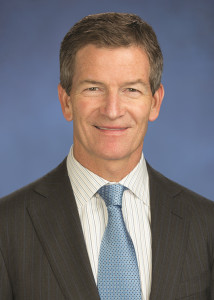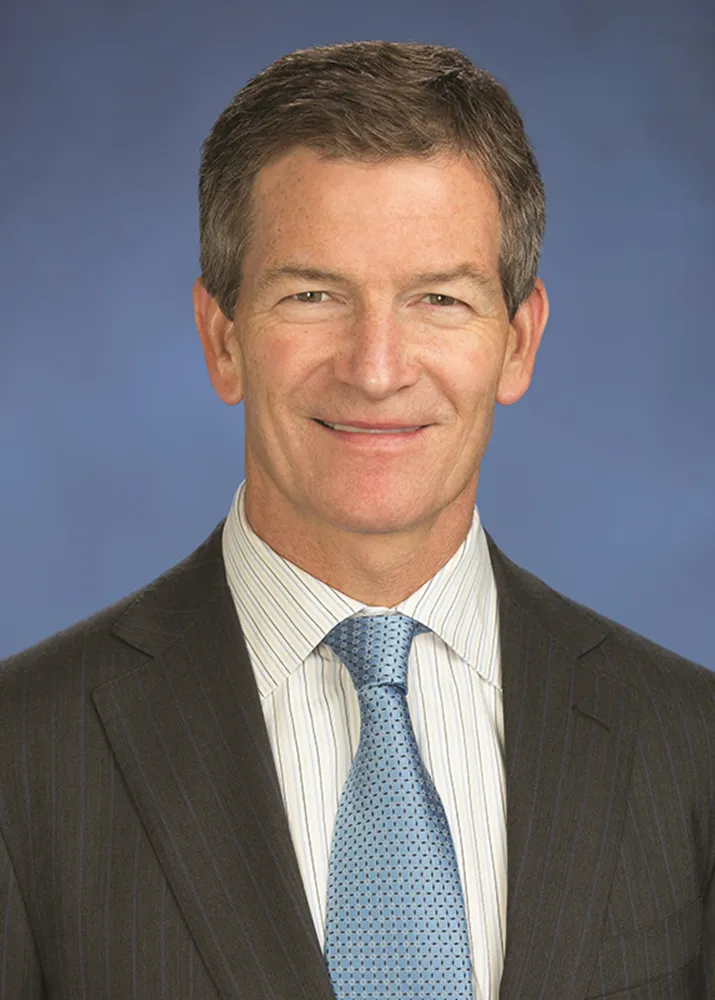
Gene Sykes MBA ’84 is an investment banker at Goldman Sachs and the newest member of the Stanford University Board of Trustees, having begun his five-year term on Feb. 1. The Daily sat down with Sykes to discuss his new role, his expectations and his goals for the future.
The Stanford Daily (TSD): How does it feel to join the Board of Trustees and how did it come about?
Gene Sykes (GS): I went to Harvard as an undergraduate, then came to Stanford for [the Graduate School of Business], and I finished in 1984, and I had a fantastic time at business school. It was a great experience, I made really close friends, and I always thought of it as one of the formative experiences of my life.
It didn’t take very long before I realized that Stanford was so much easier to engage with, and there were so many things you could do at Stanford with people who actually had influence. There was so much interest in…people who’d been to school here and had lived their lives using the things they’d learned here, the relationships they’d developed and [how they had] used their experience…to guide the things they did in their lives [and then] to come back and participate with the University.
TSD: How did the process of joining the Board take form?
GS: Over the past few months, a few people on the Board had approached me and said, “We’d love to have you consider this.” At first, it was a great honor—number one—just to be considered to do this. The institution is a fantastic place, and it was somewhat intimidating, because you think about the amount of time and effort and energy that you give to something like this if you’re serious about it. I think that the expectation for trustees of the University is that they are really deeply engaged, and [that] they take a lot of responsibilities. So, I had to consider that and think about how much I had to free up other things I was doing to give myself enough time so I could give the right kind of commitment.
TSD: What does being a trustee mean to you?
GS: I am going to another level of attachment and responsibility for the institution—and [becoming] more educated about it, better informed and taking the responsibility to make sure that it operates to exploit all of its advantages and be secure and continue to be as effective and strong as it has been in the past.
TSD: Where would you like to see the University go in the next five years?
GS: An obligation for a trustee of an institution like Stanford is to think pretty deeply about, “What should the institution do to live up to that responsibility?” It’s enormously well-endowed by lots of people, and [it’s] a franchise, really, with students of the highest potential in the world. It’s why over 40,000 students apply to come to school here as undergraduates, [and why] the quality of the graduate students is exceedingly high—and when you have that many really talented people around one place, you want to get the most out of it. Being a trustee, to my standpoint, is trying to understand that and have as much constructive influence to enhance it as possible.
Contact Nitish Kulkarni at nitishk2 ‘at’ stanford ‘dot’ edu.
